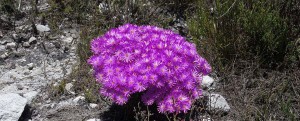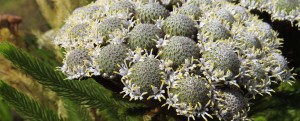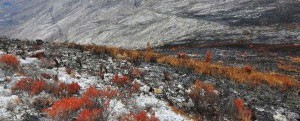Post wildfires – the story of the recovery
The late summer wildfires swept through a number of farms in the Conservancy, challenging landowners, neighbours, the FPA and fire department. So much team work and community spirit came to the fore as everyone pulled together and offered what they could to take on this force of nature. We can now rest easier knowing this season is over. To reflect on how better to manage our land and resources next year we will be circulating fire management plans and best practice fact sheets to all members, we urge you all to set aside the time to work through these with your teams.
Fire is an integral part of the survival and reproductive cycles of many fynbos species and is one of the most important drivers of fynbos ecology. A burnt landscape is so suitable to seed and seedling survival that almost all fynbos plants have adopted some form of fire-stimulated reproduction. Life-History strategies used by fynbos plants to survive the effects of fire include re-seeding (protective cones or seedheads), re-sprouting (bulbs) and myrmechory (using ants and insects for germination). After a fire you will also see beauty, have a look at the Mairia coriacea, a daisy which only flowers after a fire.
Thank you to Jayne Beaumont for these magnificent photographs of the recent re-growth seen in the Botrivier area.


